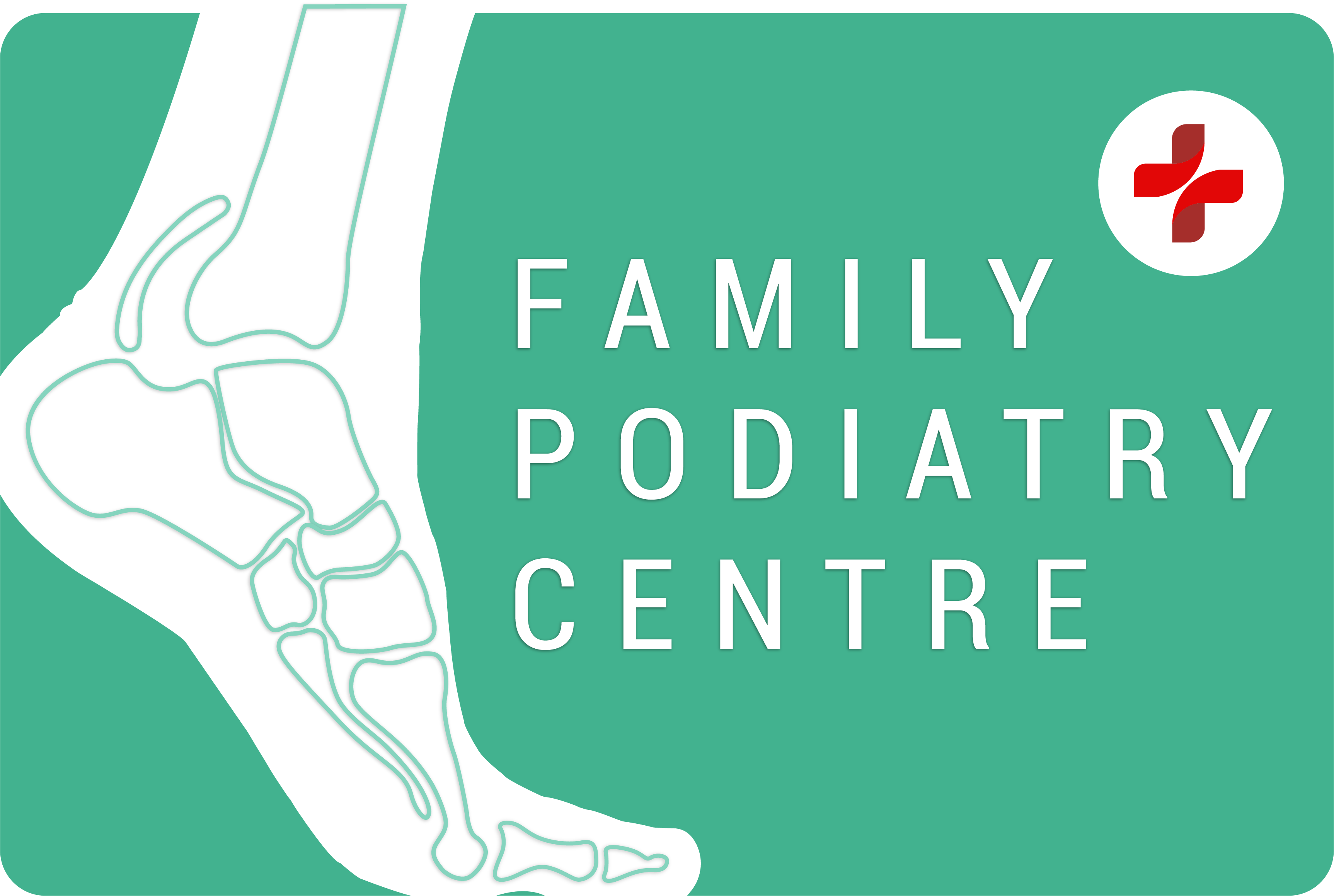The Correct Treatment Option for In-Toeing (Pigeon Toe) in Children

The Correct Treatment Option for In-Toeing (Pigeon-Toe) in Children
In recent years, there has been an increase in the prescription of Ankle-Foot Orthotics (AFOs), including the Richie Brace, for treating in-toeing in children in Singapore. While AFOs are highly effective for certain conditions like drop foot or severe ankle instability, their use in cases of in-toeing raises concerns. This trend appears to be driven more by financial incentives than by clinical necessity, leading to the overprescription of expensive and restrictive devices when less invasive treatments would suffice.
What Is In-Toeing, and How Is It Treated?
In-toeing, or “pigeon-toeing,” is a common condition in children where the feet turn inward when walking. In many cases, it is mild and self-resolving as the child grows and forms part of normal development. However, when treatment is needed, custom-made orthotics like gait plates are effective. Gait plates encourage external rotation of the foot without restricting movement, helping to correct in-toeing in a natural way. Gait plates fit into a shoe and fit under the foot. It is not visible externally and does not restrict any movement.
Why AFOs should not be used for In-Toeing
AFOs, such as the Richie Brace, are designed to stabilize the foot and ankle in more severe conditions like posterior tibial tendon dysfunction or chronic ankle instability. These devices restrict ankle movement, which is unnecessary for treating in-toeing. Gait plates, which are less restrictive and far more comfortable, are often sufficient to address the rotational abnormalities causing in-toeing. Moreover, AFOs are far more expensive than gait plates, adding a financial burden that is not justified.
The Psychological and Physical Impact
Children who wear AFOs may experience social anxiety or reduced self-esteem due to the visibility of the brace, especially in school settings. Research shows that some children feel self-conscious or are teased when wearing such devices. Furthermore, the unnecessary restriction of movement in the ankle could even lead to temporary muscle weakness if not paired with physical therapy.
Conclusion
For mild to moderate in-toeing, custom-made orthotics like gait plates are an effective, cost-efficient, and non-restrictive solution. The overuse of AFOs, particularly the Richie Brace, represents an unnecessary and expensive treatment option that may have psychological and physical impacts on children. Parents should be informed about more appropriate treatments that don’t burden their child with unnecessary devices.
Bibliography:
Bibliography:
Disclaimer: The word treatment in this article is used in it's traditional meaning to discribe options to manage a condition. The word treatment, in this context, is not synonymous with cure.
Mark Reyneker
B.T. Pod (SA), MSc (SA)
Podiatrist and Human Gait Specialist
Registered with the Podiatry Association of Singapore
